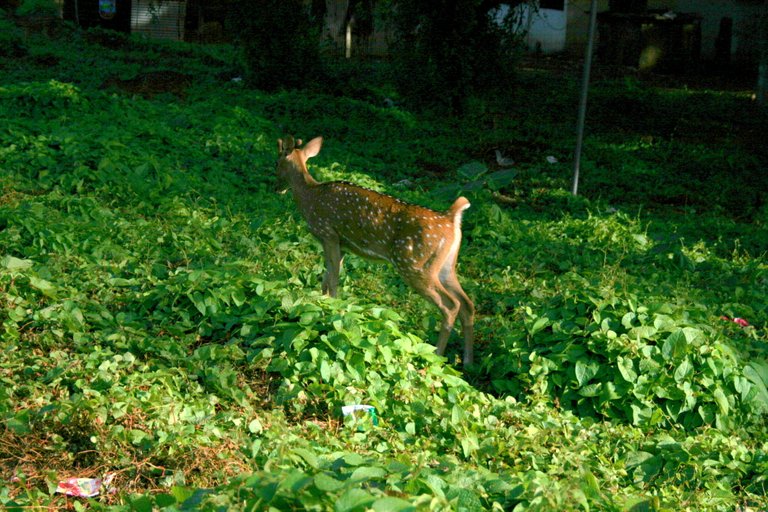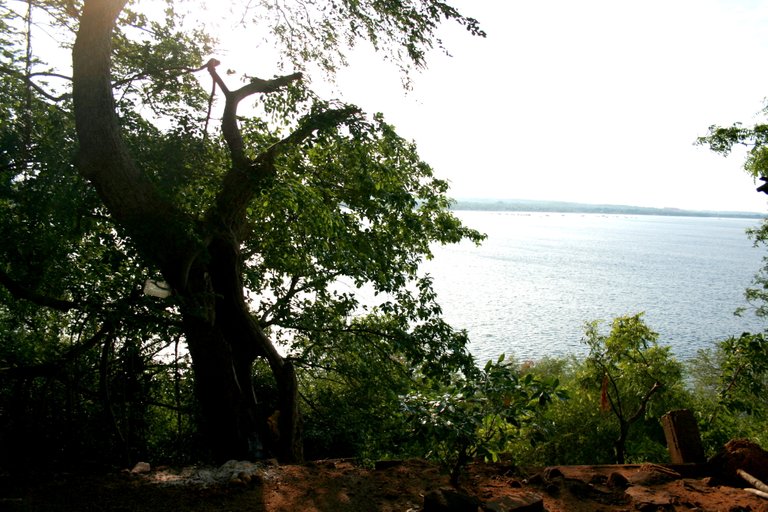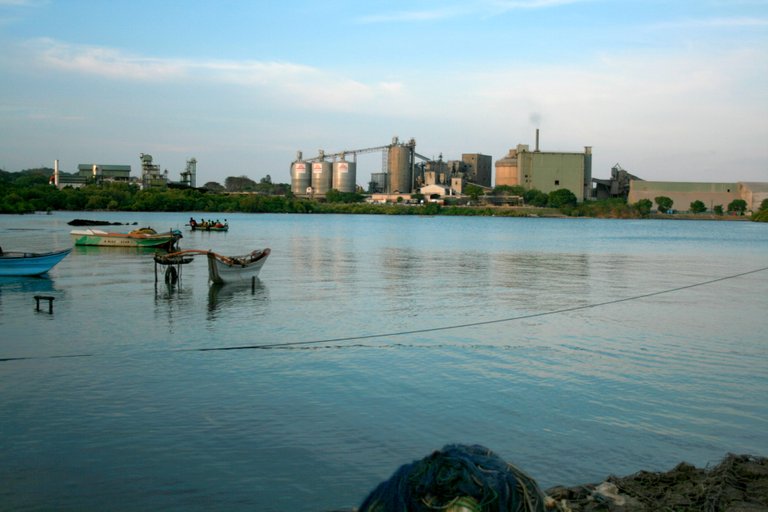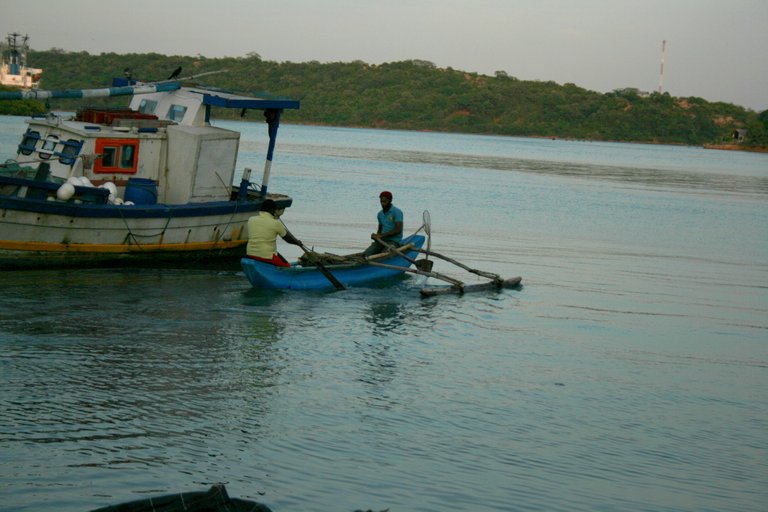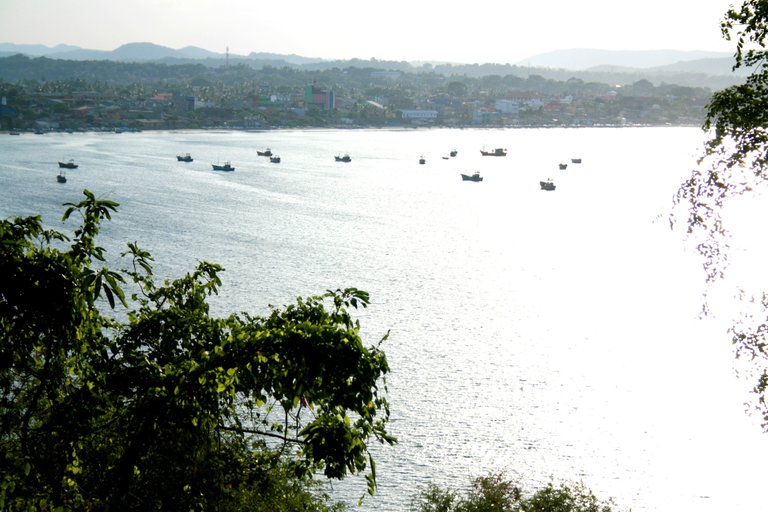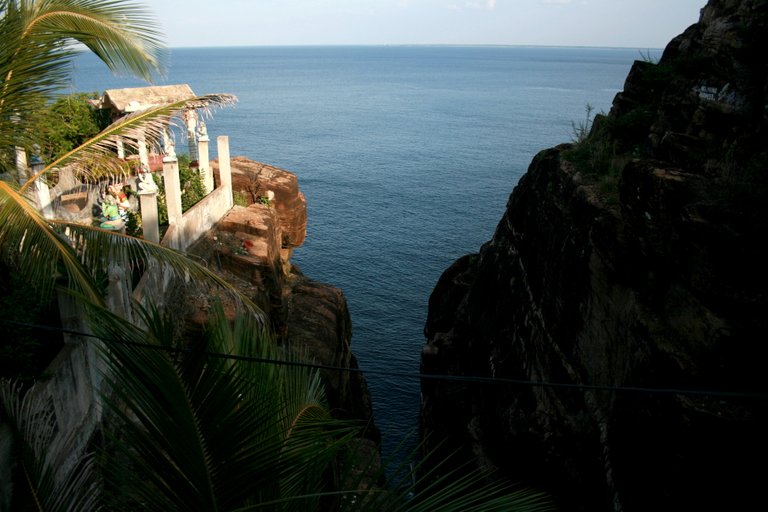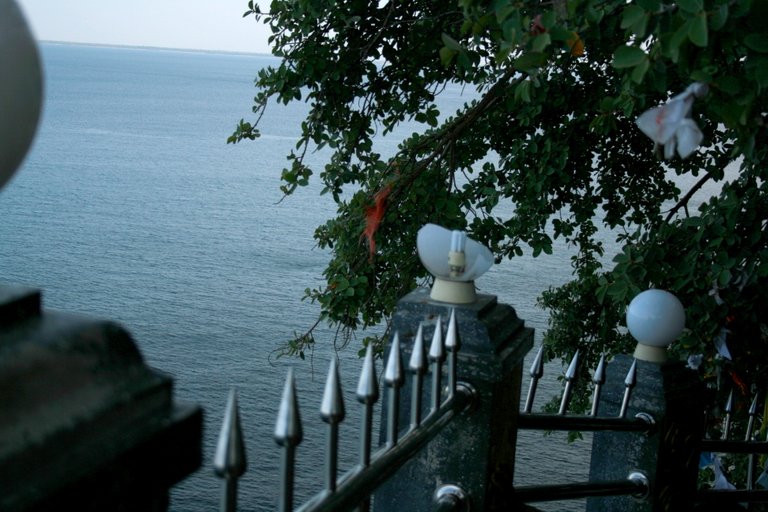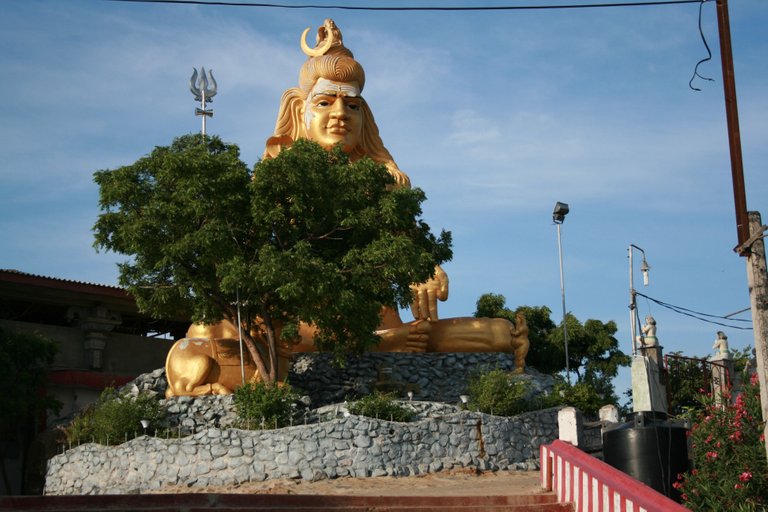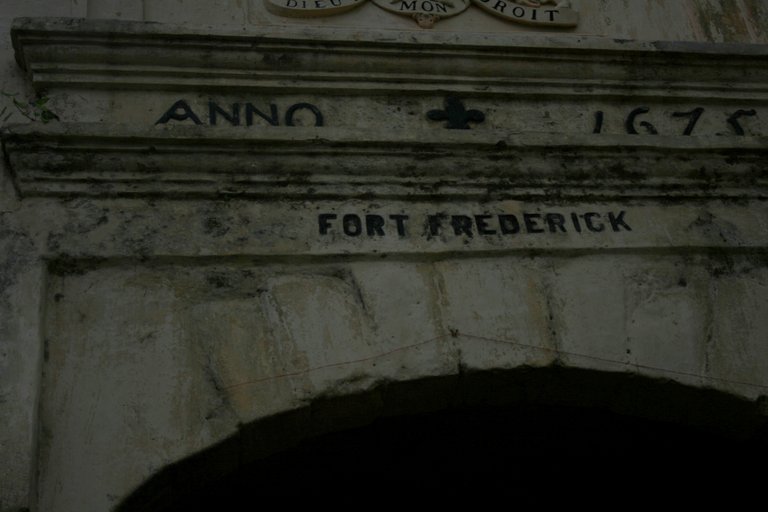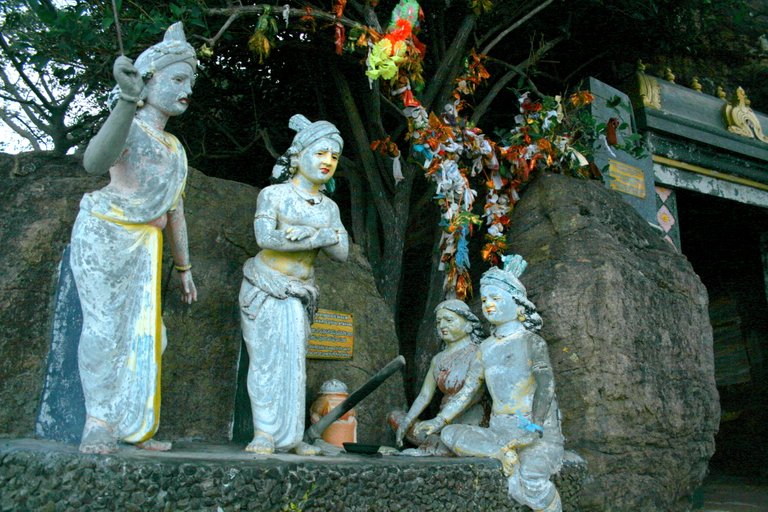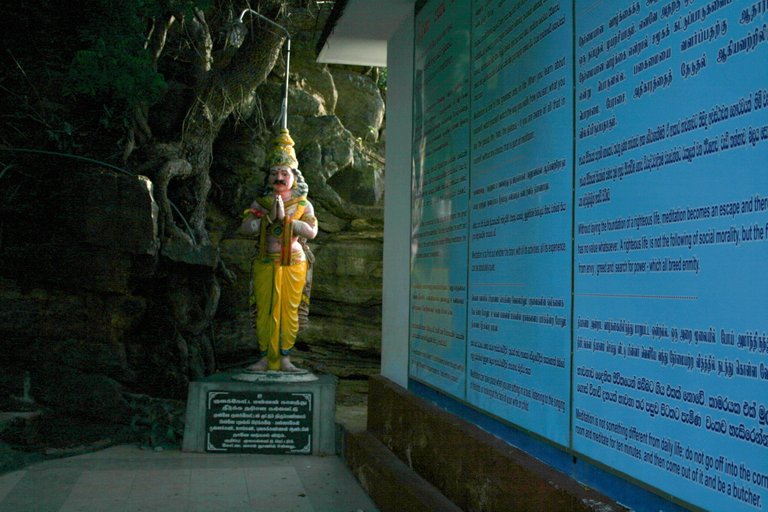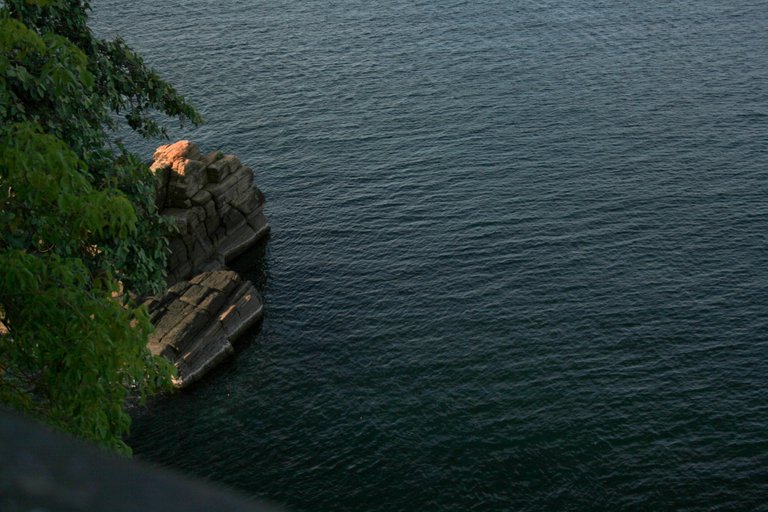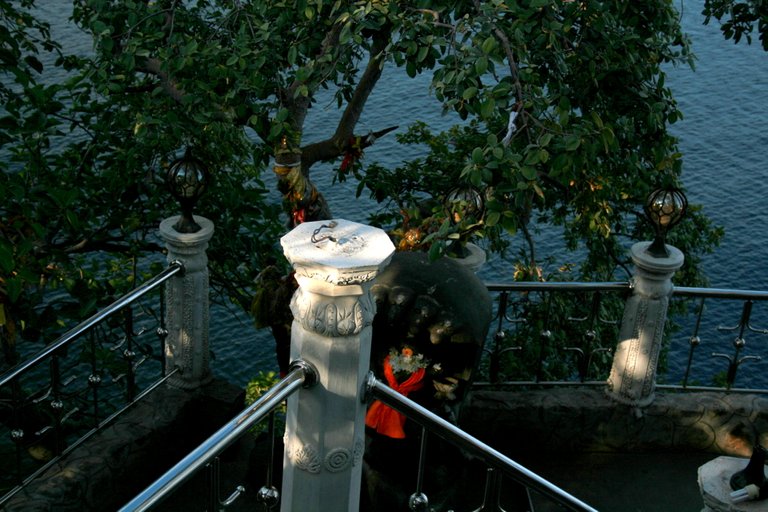One of the major places for Hindu pilgrimage is Koneswaram Temple in Trincomalee. As a Non-Hindu, my interest to visit this Temple in Trincomalee was purely sight-seeing. I was truly amazed at the beautiful location, its serene surroundings, and the most interesting artifacts, magnificent paintings of different colors making me wonder the skilled art, excellent architecture and craftsmanship that went behind them. This temple is also called the Thousand Pillared Hall.
The panoramic view facing the Indian Ocean with fishing boats, Trincomalee Harbor, the road leading to the temple on top of a hill populated with a number of wild animals such as deer and peacock added my feeling of excitement. I walked through many stalls selling sweets, cool drinks and offerings for the temple and left my shoes at the gate before walking up to the temple. The temple had great paintings and a collection of ‘cots’ hanging in the trees, I reckon were offerings from those who believe to be blessed with children.
Apart from the temple, Trincomalee (Thiru Kona Malai in Tamil = Three Peaked Hill) is famous for its harbor and military significance from time immemorial. The temple lies on a high rocky cliff surrounded on three sides by the sea.
According to a 17th century stone inscription the temple is believed to have begun its history in 1580 BC. Historically, it has been confirmed the temple was established and popular when exiled Indian Prince Vijaya arrived in the island in 6th century BC. It is said that Vijaya had renovated the temple on his arrival with his companions.
Legendarily, King Rawana emperor of Sri Lanka over 5000 years ago, along with his mother had worshipped in the Koneswaram temple. At the edge of the hill called Swamy Rock, I was amased at the rocky cleft through which the sea below giving a spectacular display. A legend says once King Rawana’s mother fell sick and she could not visit Koneswaram temple which made her highly distressed. King Rawana promised his mother that he would bring the temple to her and started cutting the hill where the temple was located. Lord Shiva did not want this to happen and pressed his toe and King Rawana had to stop half way. Thus the deep cut on the hill is called Rawanan Vettu or Rawana Cut.
The 350 feet cleft from the sea level, also became a place for lovers to end their lives. The spot is known to locals as LOVER’S LEAP, a place where lovers would go to jump to their deaths. I saw a 3 foot fence blocking the edge has been built to prevent anymore suicide attempts.
Trouble started for this one of the richest and most revered Hindu temple with the arrival of the Portuguese in the island, who as part of their strategy destroyed the temple in April 1622, massacring many devotees during Tamil New Year festival ceremonies. Portuguese soldiers camouflaged as priests entered the temple and took away ancient treasures including gold statues, gems and expensive silks. The panicked Hindu priests took as many of the remaining statues and valuables and fled the place. The temple was destroyed, most of it pushed into the sea. The Portuguese built a military encampment in 1624 using stones from the old temple, and it was named FORT FREDRICK.
Fort Fredrick was captured by the Dutch in 1639 and later went to the hands of the British in 1795.
The promontory where the temple laid remained bare and later called Swami’s Rock where Hindus continued to perform their religious rites. However, during the Dutch era no ceremonies were allowed on the rock. It was during the British rule the ban was lifted and devotees once again performed their rites. The site once again became popular as worshippers gave their offerings and prayers to the ruins of the temple in the sea below.
Koneswaram History turned a new chapter when three hundred years later, a few years after Sri Lanka gained independence from the British, bronze and gold statues of Hindu gods and goddesses were unearthed from the area, when in 1950 the Urban Council authorities dug for a water well close to the temple site. The statues were reinstalled at the site. Underwater ruins and original masonry were discovered by the author Sir Arthur C. Clarke and photographer Mike Wilson whilst scuba diving. This discovery attracted world-wide interest.
Using items recovered, the Temple was fully reconstructed in the 1950s. Today, it stands tall as a most visited monument of Trincomalee by local and foreign Hindu devotees and tourists.


